If you need convincing that minimising aerodynamic drag is vital in cars, all you need to know is that above about 40mph, a car’s aero load is the main retarding force for its engine to overcome, exceeding stuff like mechanical drag and rolling resistance.
Since most cars can do much more than 40mph, another fact comes starkly into play: that aerodynamic drag rises as the square of speed. Double the speed and you need four times the power. Treble the speed and you need nine times the power.
A car that needs 40bhp to do 40mph needs around 360bhp to do 120mph. No wonder creators of both road and race machinery spend big money to keep drag as low as they can.
Yet even this is elementary stuff. A modern car also needs downforce for high-speed stability and on-rails cornering, plus more subtle diversions of its airflow into radiators and over wings.
Such essentials mostly add to drag rather than reducing it, so they need careful development. Chuck in the inconvenient fact that aero is invisible and you have a unique, gigantically complex puzzle that carries some of the biggest risks and rewards going.
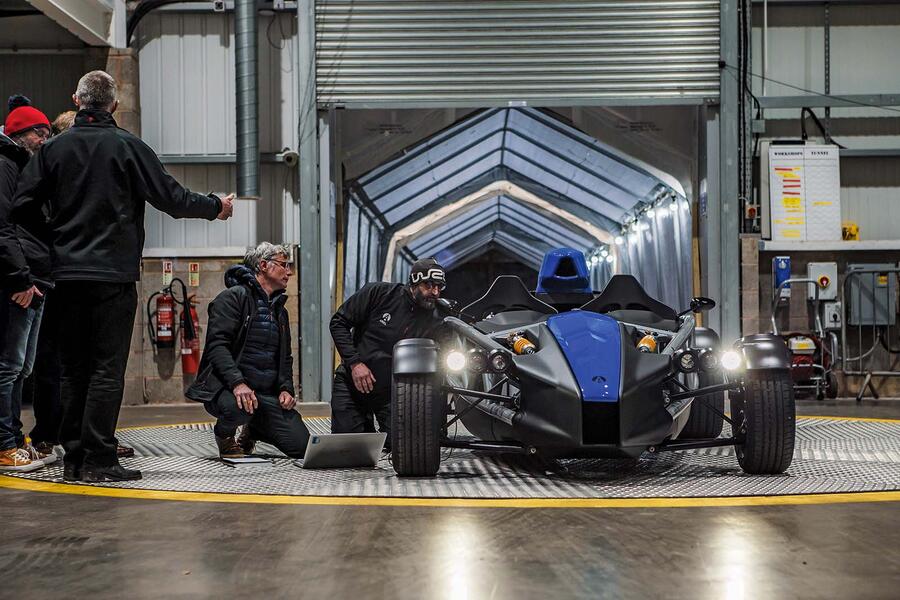
These are all reasons that recently took an Ariel engineering group, and their latest Atom 4, to the unique Catesby aerodynamic test tunnel in Northamptonshire for a secret test session in which Autocar drivers were invited to participate.
Under test was the car’s minimal but carefully designed cockpit protection screen. The logic was clear: the Atom may be a car with a surfeit of power and performance, but at its easily attained high speeds, cockpit protection is vital.
Here was an opportunity to discover first hand whether its protection was as effective as required, plus what effect the screen design might have on the car’s drag factor and its lift/downforce.

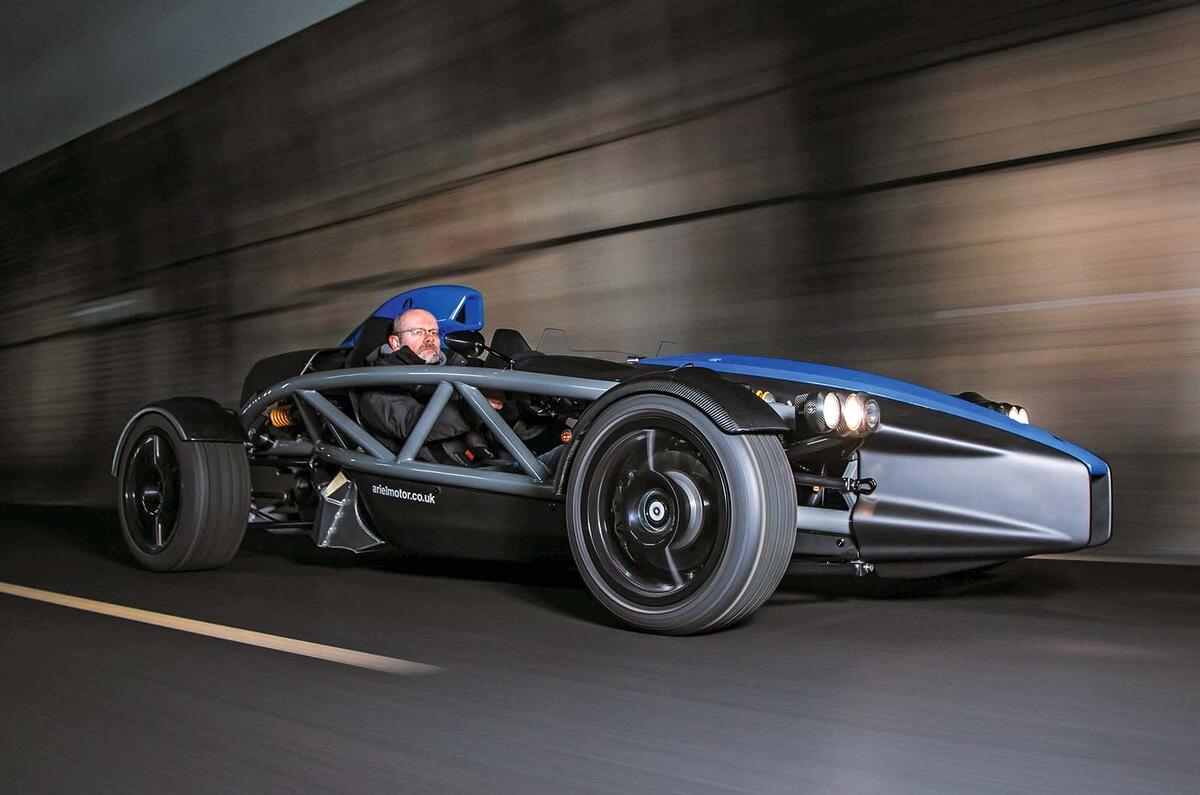
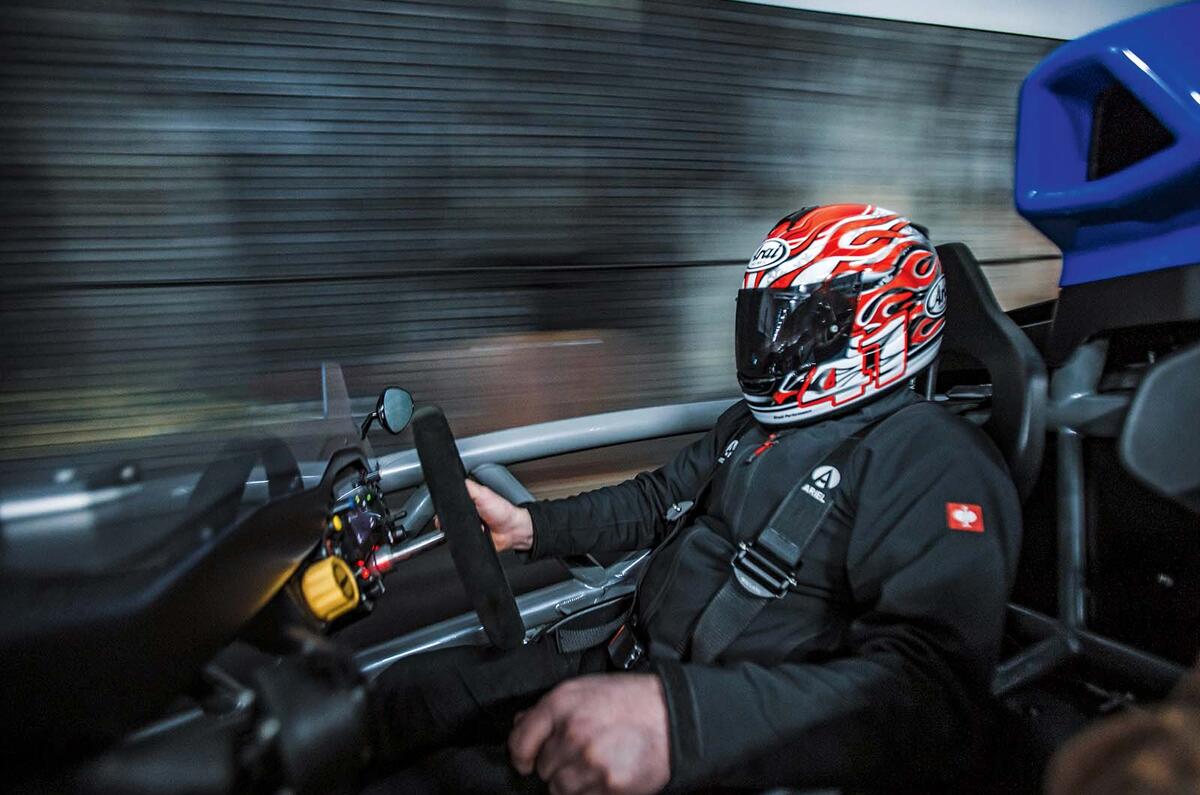
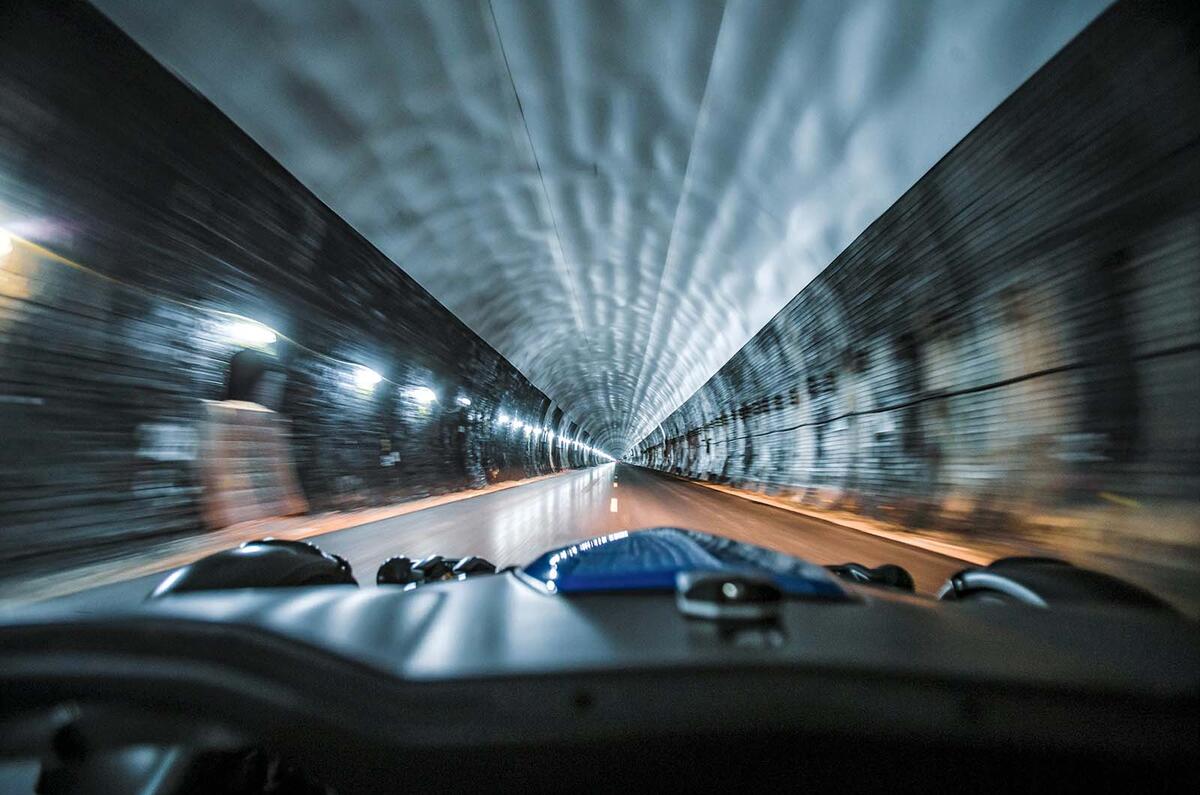

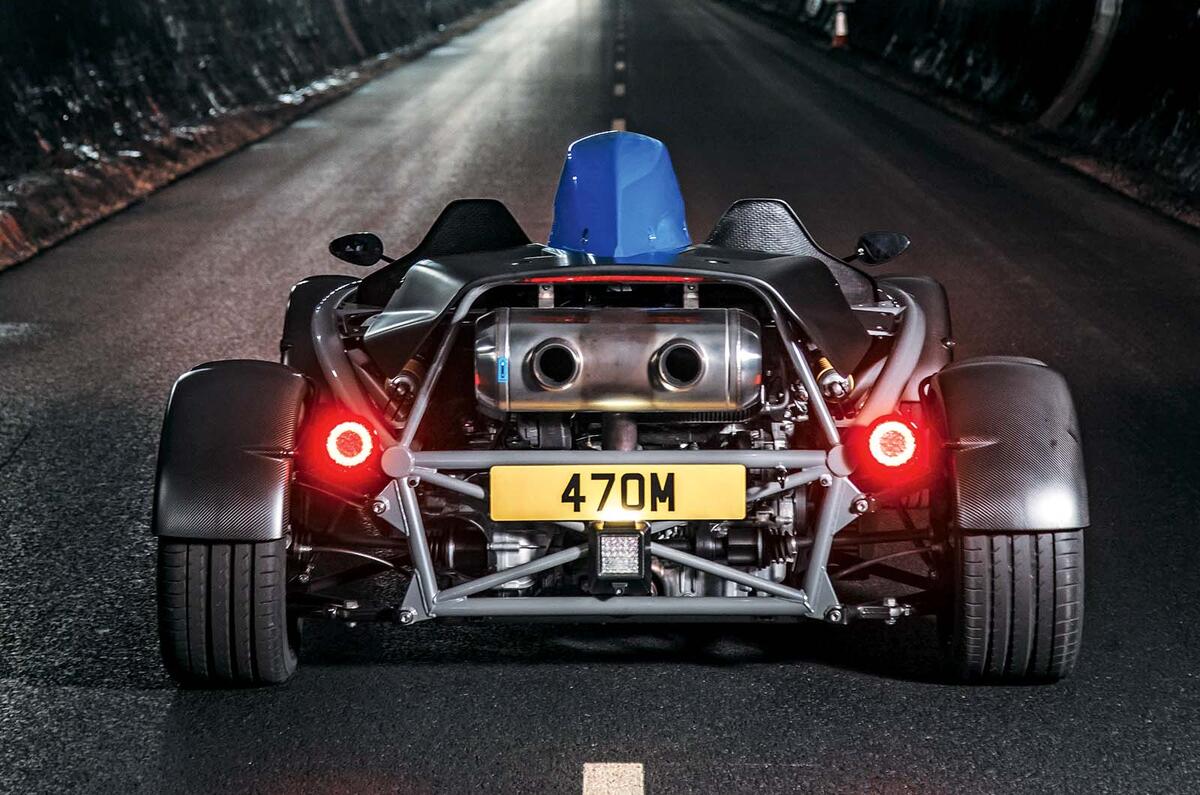
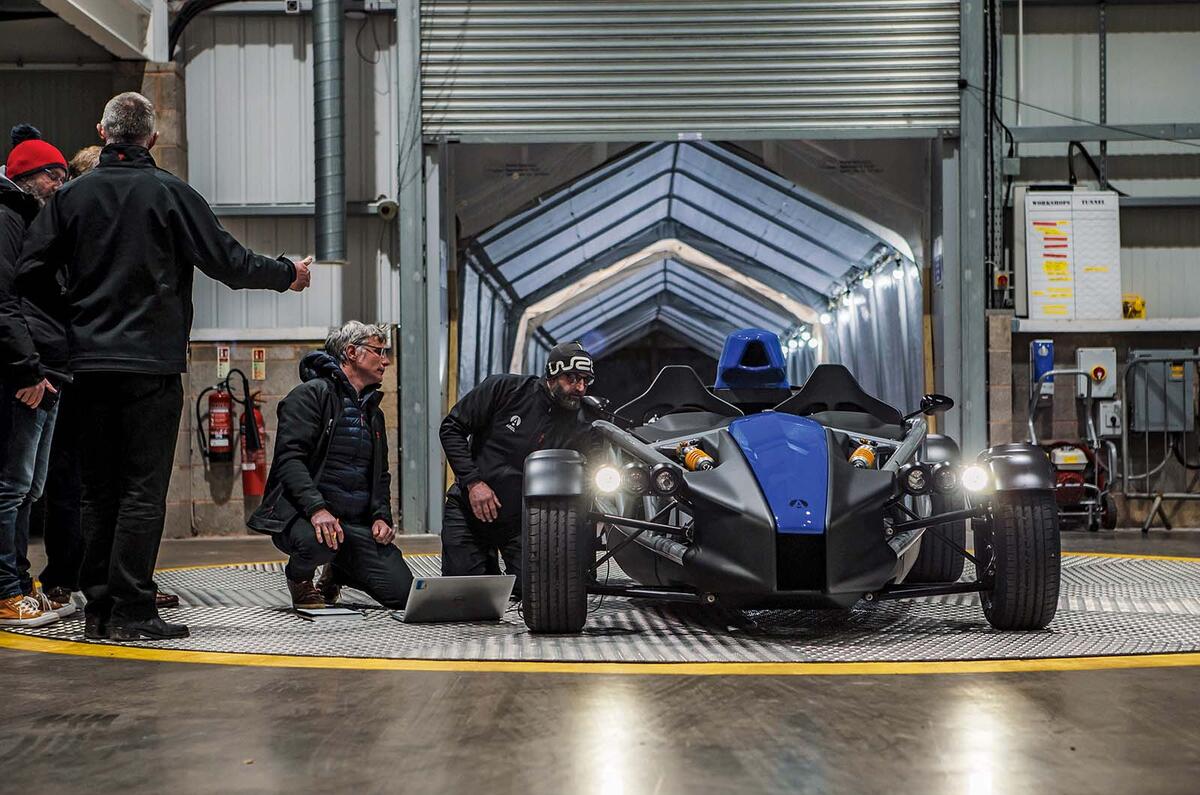
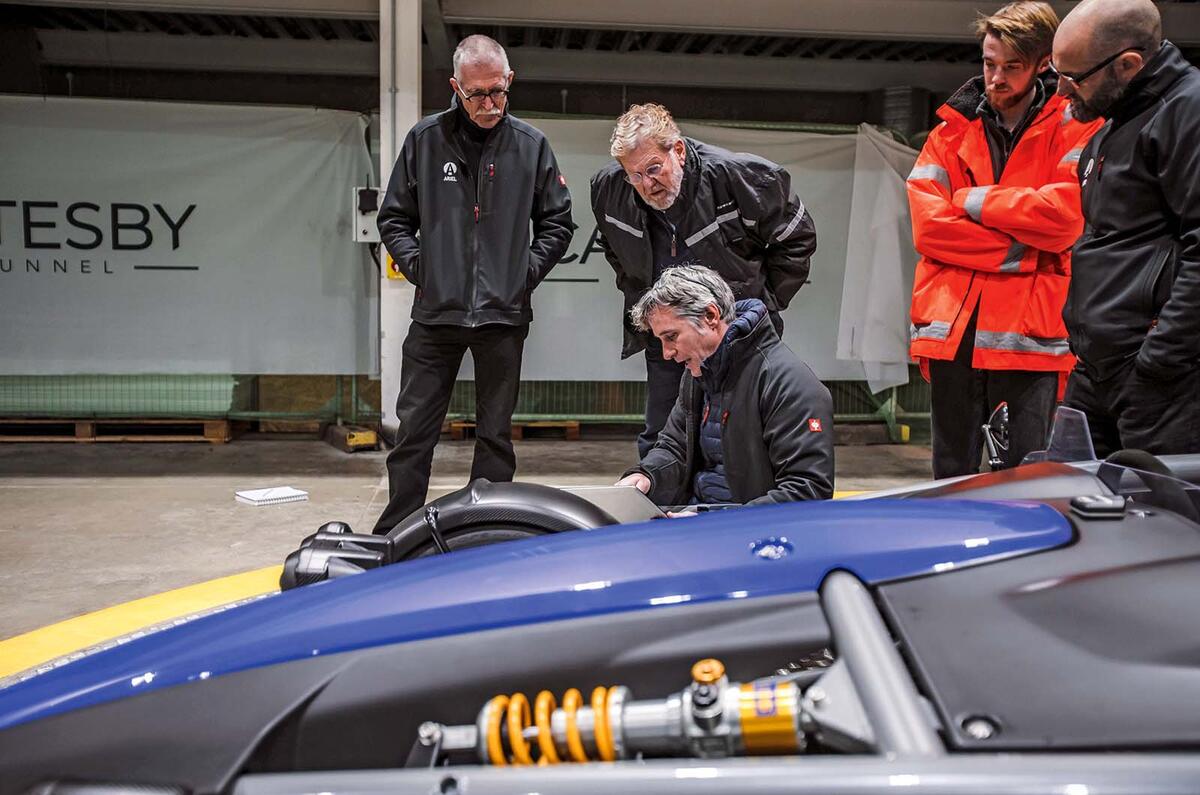
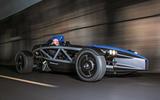
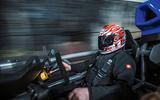

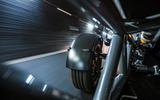
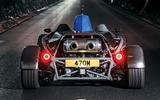
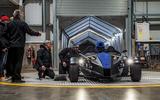
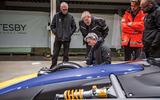

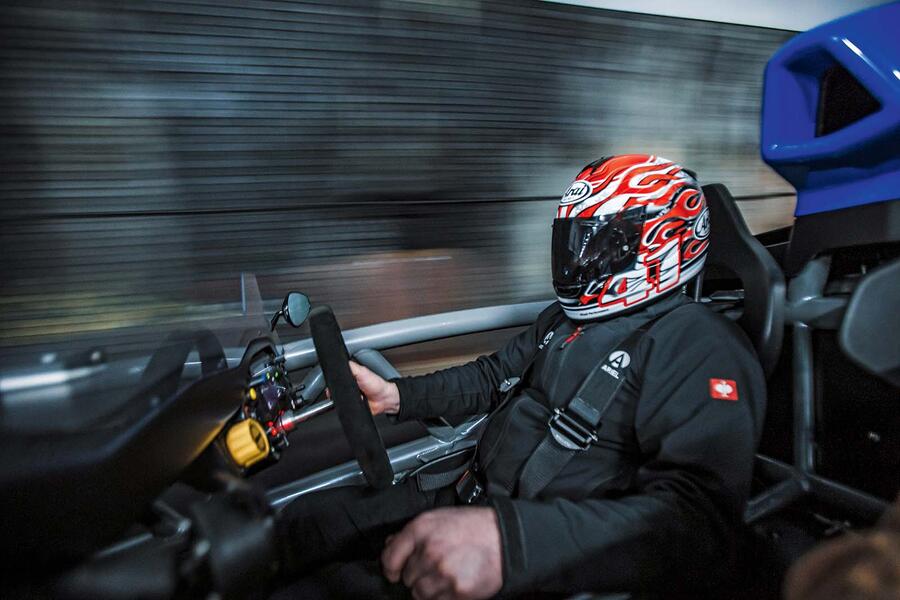
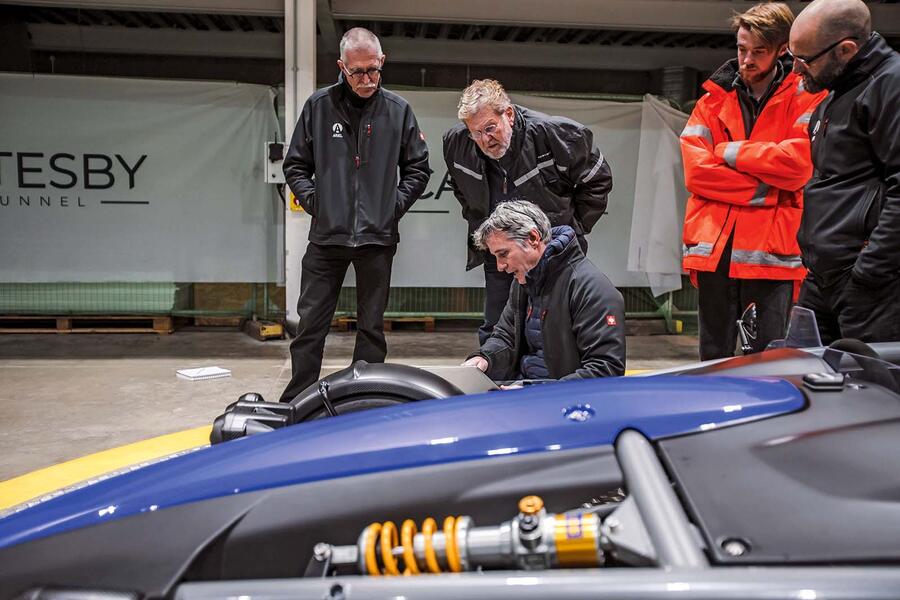
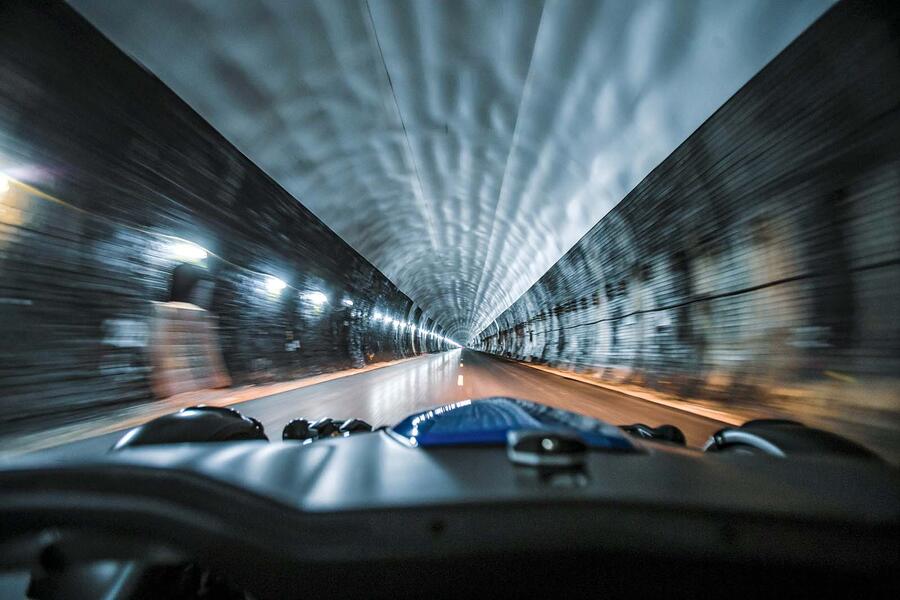
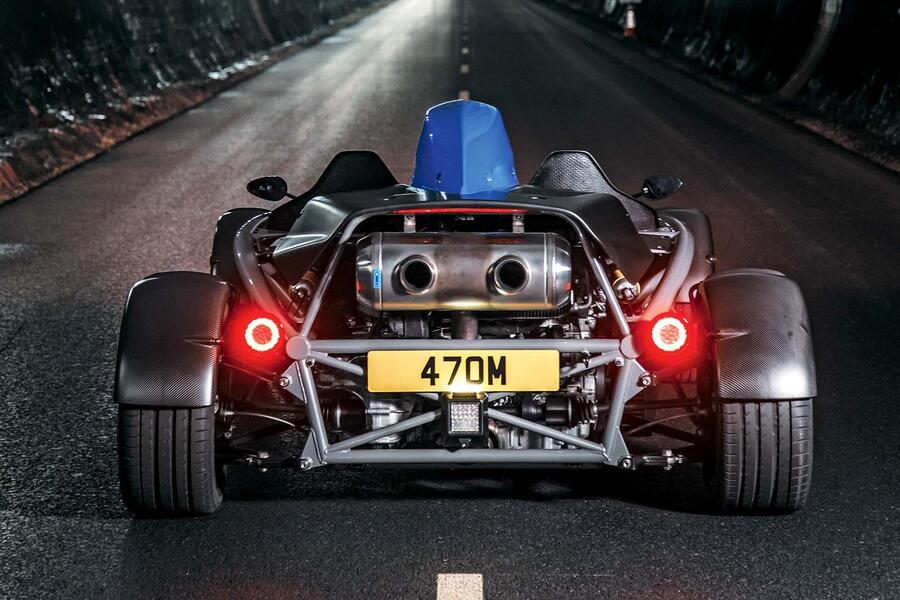
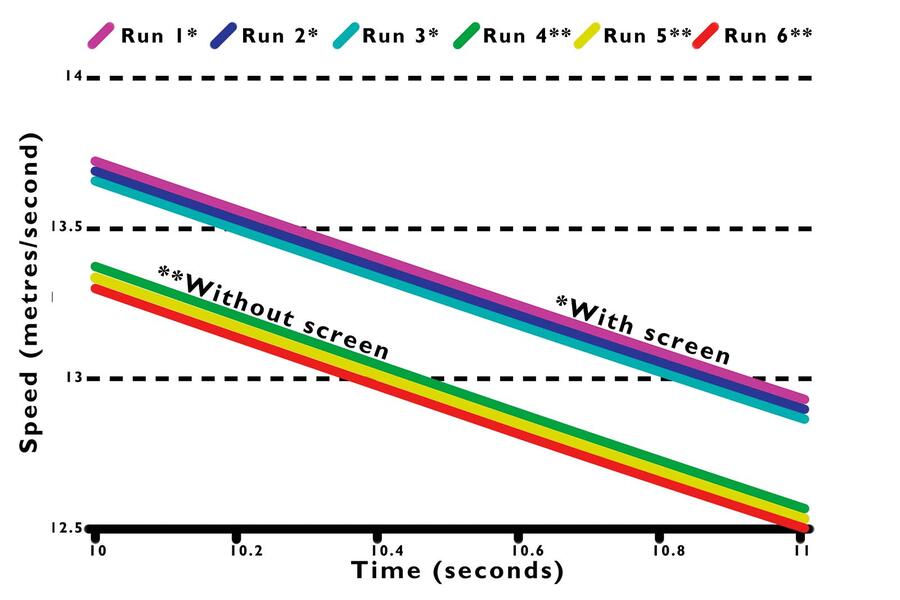





Add your comment